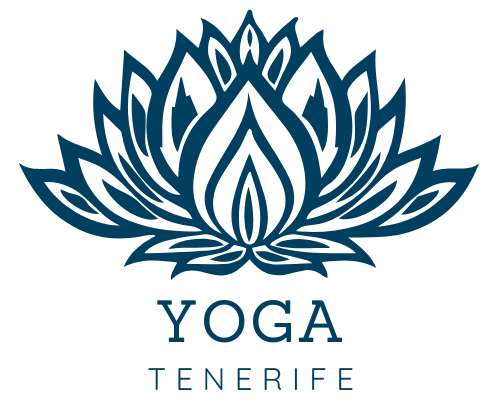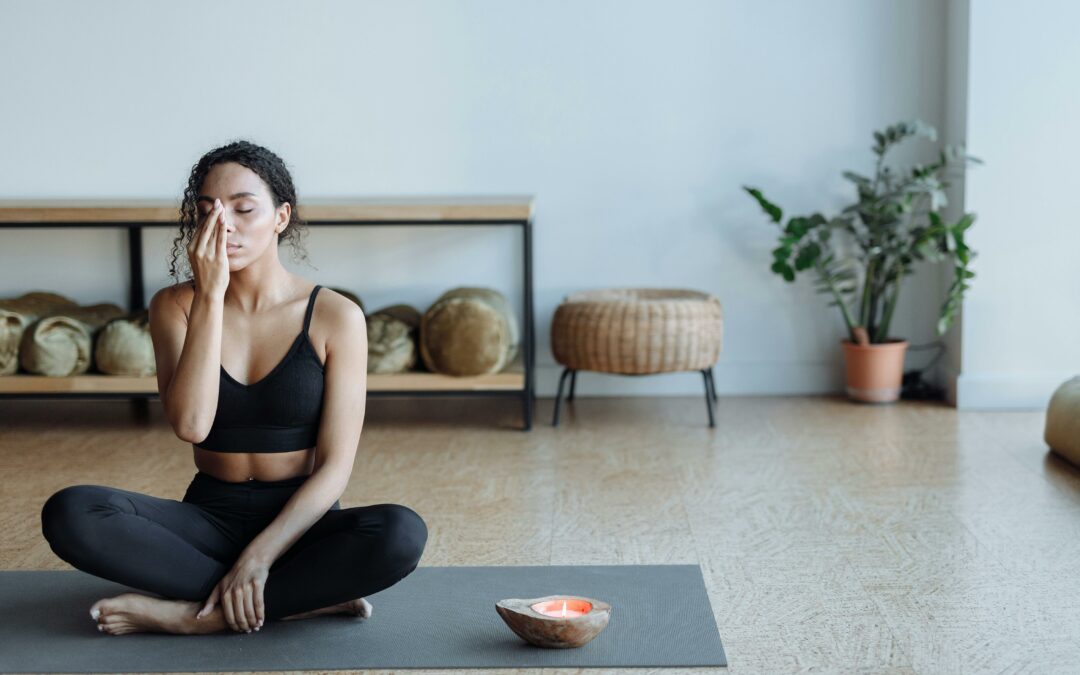One could say breathing is the essence of yoga. It is in fact one of the so-called limbs of yoga called pranayama. (you can dive deeper into Yoga philosophy: 8 Limbs of Yoga in our blog article. Pranayama in Sanskrit – the language of classical Hindu philosophy – is defined as “expansion of breath”. It is one of the goals of a skilled yogi, to bring awareness, and control into his breath.
There are a lot of health benefits to breathing exercises. They strengthen your body like any other body exercises – increase lung capacity, and improve immune system by rising oxygen supply to your blood. Breathing exercises are also a great stress reliever – which is a very important benefit most people look for nowadays.
My experience with Pranayama
However, the theory is easy, it is the practice where a lot of people get intimidated, especially if their first encounter with yogic breathing is in a yoga class. If you are anything like me, you have experienced confusion on the mat, when it comes to breathing. I remember when I was first starting to practice yoga around 6 years ago, there were moments when I felt like I was doing something wrong. I would inhale when I was supposed to exhale, and vice versa. I tried to catch up with the teacher, but I just couldn’t get it right. Now, I think it is good to remember that getting better at anything takes time. If you are new to yoga, remember to treat your teacher’s instructions as guidance, and not freak out when your breath is shorter than theirs. At some point in time, they were in the same position as you.
That being said, there are some general rules or recommendations of breathing in yoga. If you stick to them, you will be able to flow more effectively, and adjust your practice to your own needs, instead of following blindly.
The general rules of breathing during yoga practice:
- Breathe deeply
Sounds easy, but that’s not always the case. Especially as we move into more challenging Asanas, we tend to shorten our breath, making the exercise even harder. But stopping during a difficult yoga practice, and redirecting your focus on the breath, can not only help you move through it, but also set a standard of breathing awareness for your everyday life.
- Breathe through your nose
Generally, inhaling through the nose is way healthier than inhaling through the mouth. The nose is a natural filter, protecting you from unwanted particles, and adjusting the air temperature before it reaches your lungs. Additionally, it is proven to be relaxing and beneficial for the nervous system, as it takes it out of “fight or flight” mode. Although it is better to inhale through the nose than through the mouth, exhaling through the mouth can be beneficial, and is often practiced in terms of releasing.
- Inhale when opening
Whenever Asanas include bending forward, opening your chest, raising your chest or arms, it should be accompanied by an inhalation. Breathe in through your nose, and expand your chest. The examples of Asanas in which you would like to inhale are Cow Pose (Bitilasana), Cobra Pose (Bhujangasana), or Sphinx Pose (Salamba Bhujangasana).
- Exhale when compressing
Poses in which you inhale are often put together with their counterposes, during which you need to exhale. Whenever Asana makes you restrict your upper body, it most likely should be practiced on exhalation. This includes Asanas such as: Cat Pose (Marjaryasana), or Downward Facing Dog (Adho Mukha Svanasana) or forward bends.
Breathing Techniques
Now that you get the gist out of breathing during yoga practice, here are some of the breathing techniques practiced specifically in pranayama that will help you control your breath both on the mat, and in your everyday life. They can be used as a medium to meditation, or as a tool to heal anxiety and regulate your nervous system.
- Alternate Nostril Breathing (Nadi Shodhan pranayama)
It can be done as part of yoga or meditation practice, or on its own. In order to do it, you need to sit in a comfortable position with your legs crossed or on a chair, exhale completely, then close your right nostril with your right thumb and inhale. After you’re done, close your left nostril with your ring finger, and open the right nostril. Exhale through it, inhale through the right nostril, then close it, exhale through the left nostril and repeat. End the cycle by exhaling through the left nostril. You can repeat this practice as many times as you’d like.
- Equal Breathing
The goal of this technique is to make your inhales and exhales the same length. Don’t make your breath length too long, or too short, as it may be hard to maintain during practice. This technique is very easy, all you need to do is sit comfortably, and count during each inhale and exhale to make sure they are the same length. The most natural count is usually between 3 and 5.
- Humming Bee Breath
Pick a place where you feel safe and comfortable. Sit in a cross-legged position, and close your eyes. Your face and shoulders should be relaxed. Plug your ears with your index fingers or thumbs, inhale through the nose, and exhale slowly while making a steady humming sound. It should be even and take up the duration of exhale. Your mouth should be closed. While releasing air, focus on the center of your head. It should give you the feeling of vibration. A lot of people use this technique to reduce anxiety. This breathing exercise is recommended before sleep, as it promotes a very deep and restful sleep.
Your breath is a powerful tool. Unlike many other, it is available to you in any place, at any time. It is in fact so natural that we tend to forget about it, and overlook it. However, the way we breathe can determine our health, both physical and mental, so it’s a thing worth investing your time in.
Sources & Links to other articles:
https://www.yogaanytime.com/blog/more/yoga-breathing-101-beginner-tips-and-practices
https://www.healthline.com/health/breathing-exercise#equal-breathing
https://theyogainstitute.org/pranayama-benefits-for-physical-and-emotional-health-importance-of-pranayama
Book:
Asana, Pranayama, Mudra, Bandha by Swami Satyananda Saraswati

